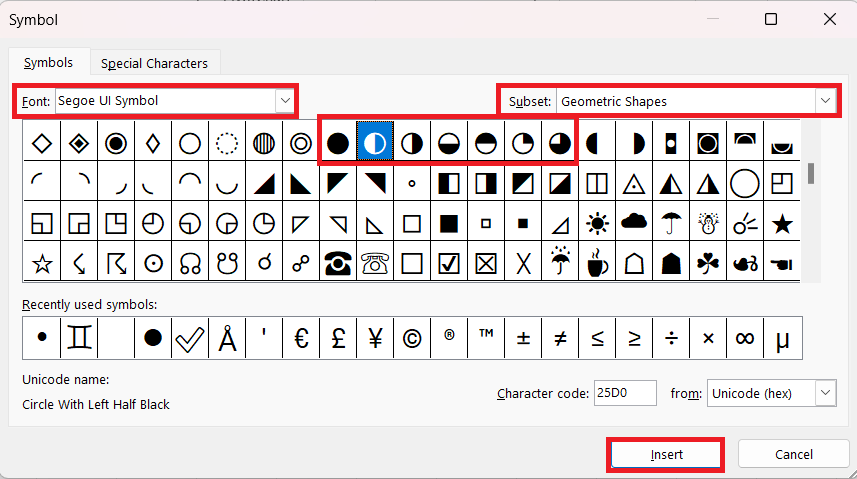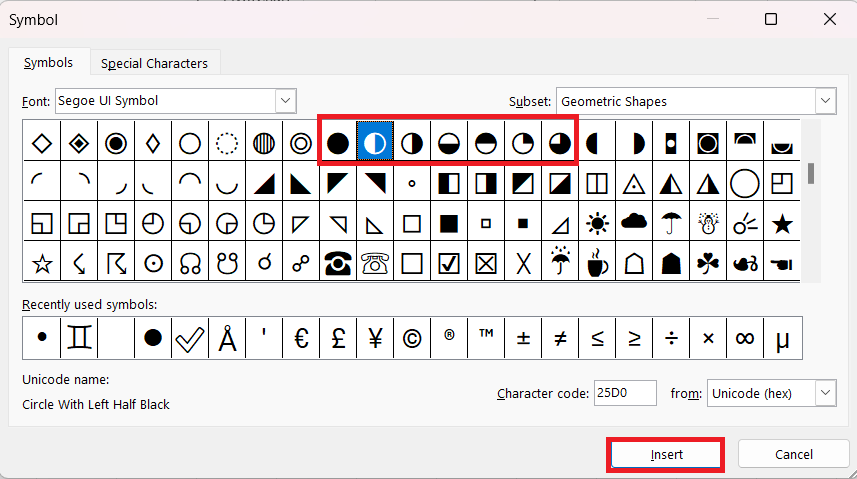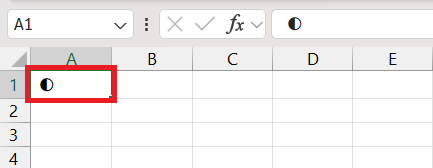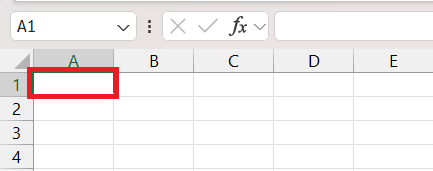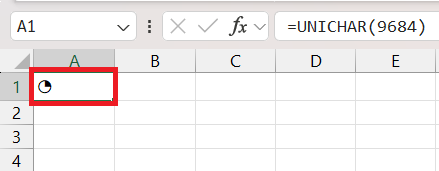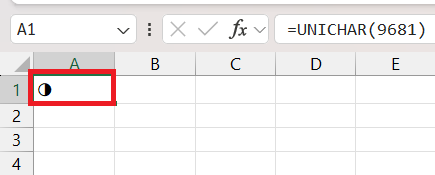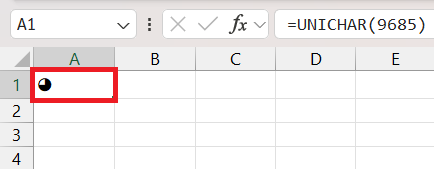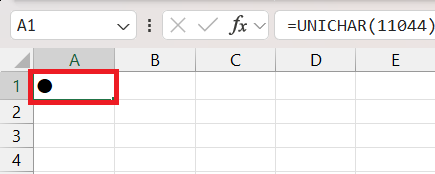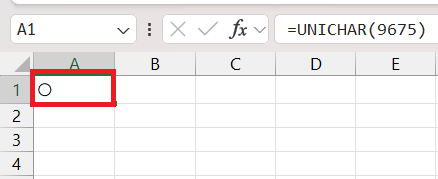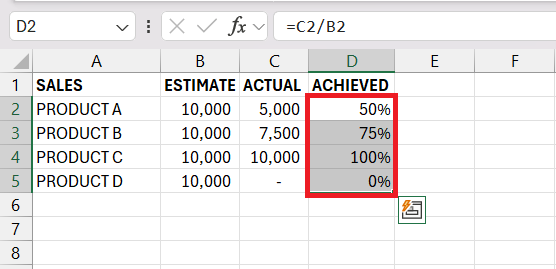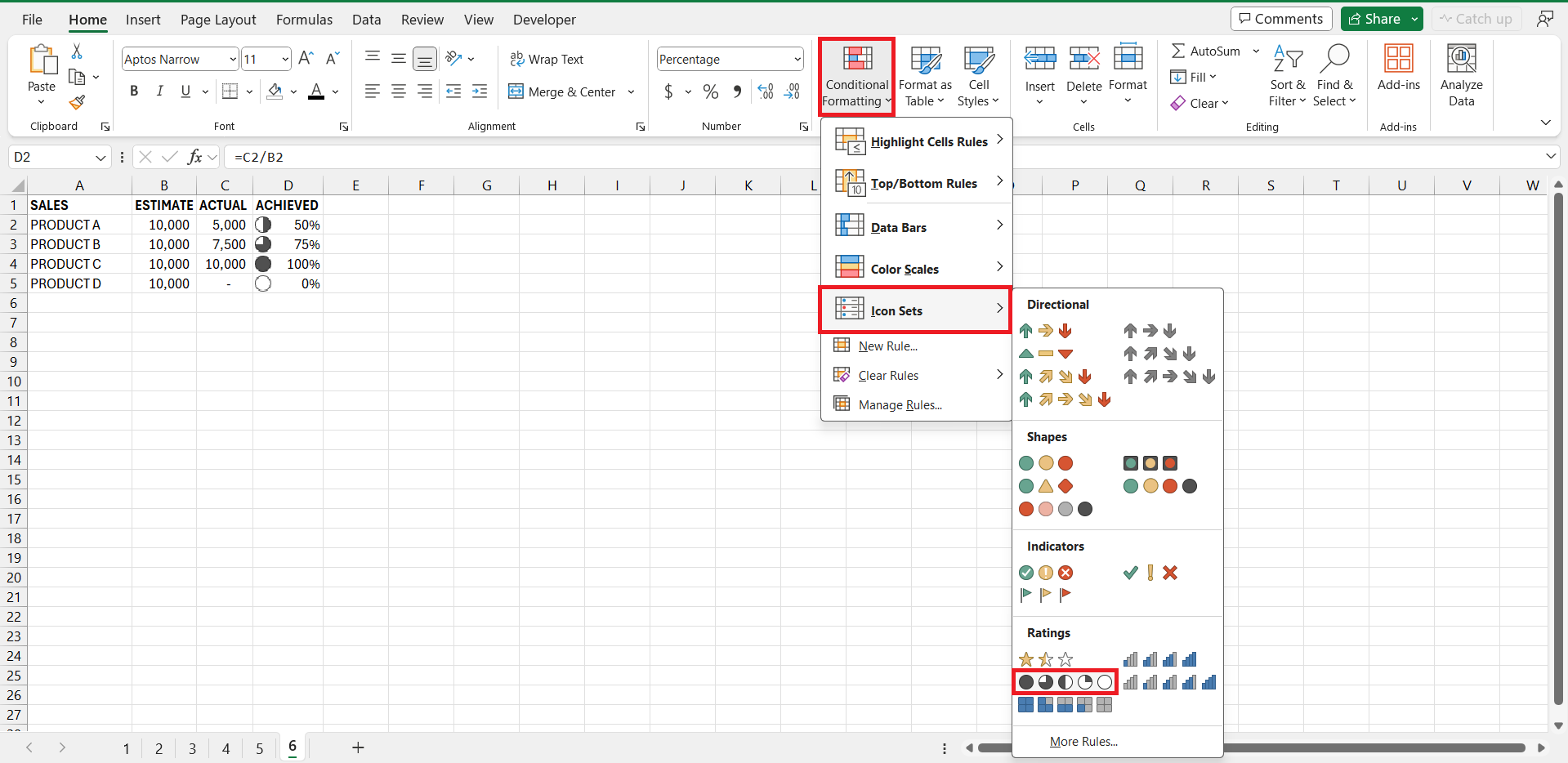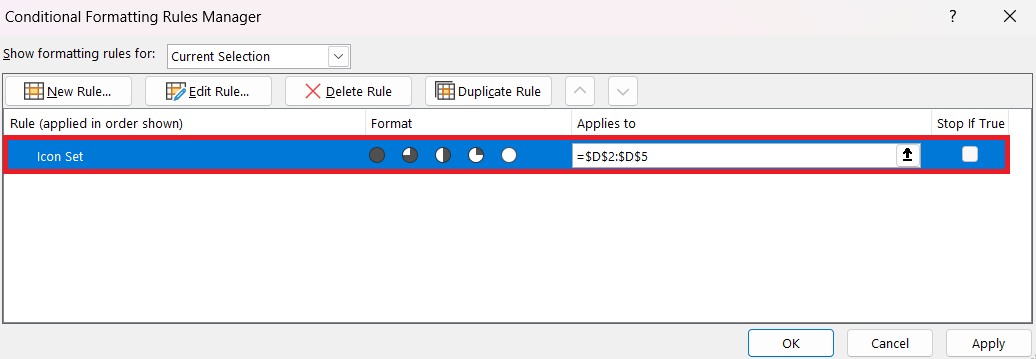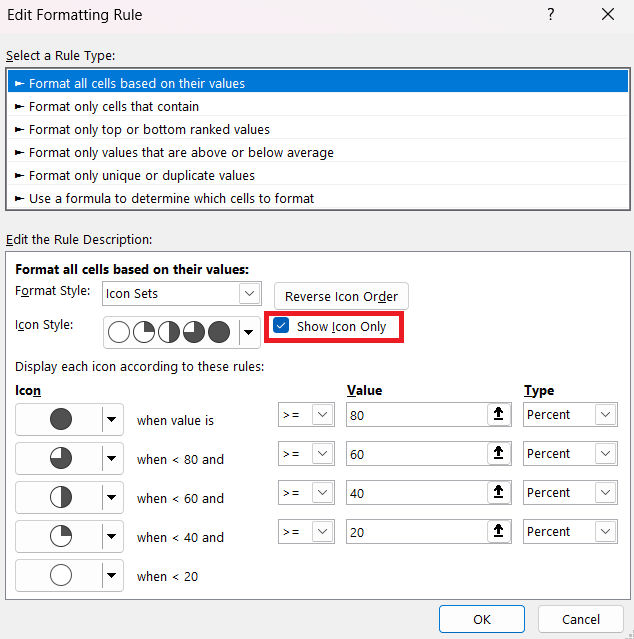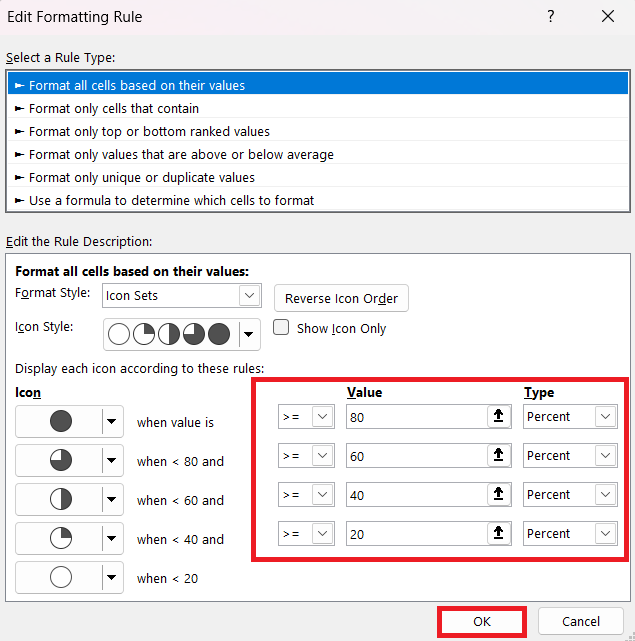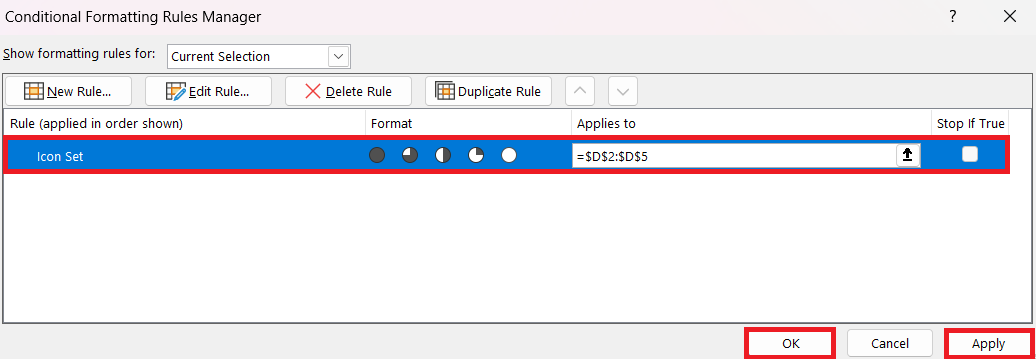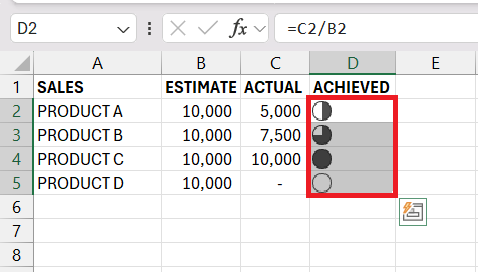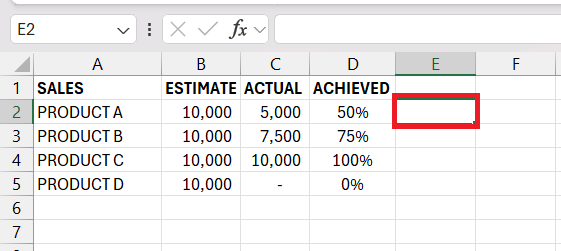Microsoft Excel‘s Harvey Balls offers a unique and effective way to visualize data, making complex information easily comprehensible at a glance. By incorporating these simple symbols into your spreadsheets, you can enhance decision-making processes and present data in a more impactful manner.
5 Key Takeaways:
- Harvey Balls are versatile symbols that visually represent task completion or data comparison, ideal for enhancing Excel dashboards and reports.
- Multiple methods for inserting Harvey Balls in Excel include using the Insert Symbol feature or the =UNICHAR() function for dynamic displays.
- Customizable for different needs, Harvey Balls can be resized, colored, and dynamically displayed using conditional formatting or Excel functions like IF or IFS.
- Alternative visual indicators, such as progress bars or icon sets, can be used in place of Harvey Balls for varying data visualization requirements.
Table of Contents
Introduction to Harvey Balls in Excel
The Origin and Purpose of Harvey Balls
Harvey Balls are simple, yet powerful symbols that represent the extent to which a task is completed. Named after their creator, Harvey L. Poppel, these iconic circles were first utilized in the 1970s, initially within business strategies to prioritize and compare different sets of alternatives. Now, they’re commonly found in various fields, making data easier to digest at a glance.
Enhancing Your Excel Dashboards with Harvey Balls
Harvey Balls are a dynamic addition to your Excel dashboards. By integrating these visual elements, you transform rows of data into an intuitive graphical display. Whether it’s used to highlight performance levels, indicate project completion, or show customer satisfaction ratings, Harvey Balls convey complex information in a simplified form.
They’re especially effective when you want to present a qualitative assessment alongside quantitative data, providing a comprehensive overview that supports better decision-making.
Inserting Harvey Balls into Your Spreadsheet
Method 1: Using Excel’s Insert Symbol Feature
For a more straightforward, less dynamic method to insert Harvey Balls:
STEP 1: Go to Insert: Click on the “Insert” tab in the ribbon.
STEP 2: Click on “Symbol” in the “Symbols” group.
STEP 3: Choose Font: Select “Segoe UI Symbol” and choose Subset: Geometric Shapes or another font that contains circular symbols.
STEP 4: Insert Symbol: Click on the symbol that best represents your desired Harvey Ball completion level and click “Insert.”
STEP 5: Check result.
Method 2: Leveraging the Power of the =UNICHAR() Function
Harness the power of Excel’s built-in features by using the =UNICHAR() function to insert Harvey Balls. While it’s a bit more manual than add-ins, this method does not require any additional downloads. Ready to give it a go?
Here’s how:
STEP 1: Click on the cell where you want to add the Harvey Ball.
STEP 2: Type =UNICHAR() into the formula bar, then insert the appropriate Unicode number for the Harvey Ball you need. Hit Enter and watch as the Harvey Ball appears in the cell.
Remember, each Harvey Ball corresponds to a specific Unicode number:
- For a quarter-filled circle, use
=UNICHAR(9684)
- A half-filled circle,
=UNICHAR(9681)
- A three quarters-filled circle,
=UNICHAR(9685)
- For a full circle,
=UNICHAR(11044)
- Empty Circle:
=UNICHAR(9675)
This method ensures that your data retains its visual emphasis without relying on third-party tools, keeping your spreadsheets light and nimble.
Customizing Harvey Balls for Effective Visualization
Applying Conditional Formatting for Dynamic Display using Custom formatting
Applying conditional formatting with Harvey Balls creates a dynamic display that responds in real-time as your data changes. You can visually communicate the status of your projects or performance metrics effectively. Follow these steps to get started:
STEP 1: Select the cell where you plan to show the Harvey Ball.
STEP 2: Navigate to the ‘Home’ tab in Excel.
STEP 3: Click on ‘Conditional Formatting’.
STEP 4: Choose ‘Icon Sets‘, and then select the preferred style of Harvey Balls.
After you’ve set up the basic icons, it’s time to get into the specifics:
STEP 5: Return to ‘Conditional Formatting’ and click on ‘Manage Rules’.
STEP 6: Double-click the rule you’ve just set up to tweak the appearance.
STEP 7: Check the ‘Show Icon Only’ box to display only the Harvey Ball without accompanying numbers.
STEP 8: Define the value range for each Harvey Ball symbol to match your data context. Click on “OK”.
STEP 9: Click on Apply and “OK”.
STEP 10: Check the result.
This process automatically updates the symbols in your cells, reflecting the data’s status through the Harvey Balls, giving you an at-a-glance overview of your information.
Dynamically Displaying Harvey Balls Based on Data using IF or IFS function
If you have a column of numerical data representing the completion percentage (ranging from 0% to 100%), you can use the UNICHAR function combined with IF or IFS functions to display Harvey Balls dynamically.
For example, assuming your data is in column A to D, starting from A2:
STEP 1: Click on the cell where you want to display the Harvey Ball (say, E2).
STEP 2: Enter a formula to dynamically choose the Harvey Ball symbol based on the percentage.
An example formula using IFS: =IFS(D2>=90%,UNICHAR(11044),D2>=75%,UNICHAR(9685), D2>=25%,UNICHAR(9684),D2>=0%,UNICHAR(9675))
STEP 3: Press Enter. Drag the fill handle (small square at the bottom right corner of the cell) down to fill the cells below with the formula.
This formula checks the value in column D and displays a different Harvey Ball based on the range in which the value falls. Adjust the thresholds as needed to match your specific requirements.
FAQs
What Are Harvey Balls and Why Are They Useful in Excel?
Harvey Balls are visual indicators used in comparison tables to represent qualitative information or progress level. They are particularly useful in Excel for making complex data easier to understand at a glance, allowing quick comparison across different criteria without needing to read through detailed numerical data.
Can Harvey Balls be Resized and Colored in Excel?
Yes, Harvey Balls can be resized and colored in Excel to suit different presentation needs or to align with corporate branding. This customization can be done through conditional formatting or by using specific fonts and symbols that can be adjusted in size and color.
What font is the Harvey Balls in Excel?
In Excel, Harvey Balls are often represented using the Wingdings or Webdings fonts, which include a range of circular symbols that can approximate the look of Harvey Balls.
How do I convert numbers to Harvey Balls in Excel?
To convert numbers to Harvey Balls in Excel, you can use conditional formatting with a formula or create a custom solution using VBA (Visual Basic for Applications). Another approach is to use a font like Wingdings to map specific characters to numerical values, applying these characters based on the cell’s value.
What can you use instead of Harvey Balls?
Instead of Harvey Balls, you can use other visual indicators such as progress bars, color scales, icon sets (like arrows or flags), or even custom shapes. These alternatives can also be implemented in Excel through conditional formatting or custom formulas, offering different ways to visually represent data for easy comparison and analysis.
John Michaloudis is a former accountant and finance analyst at General Electric, a Microsoft MVP since 2020, an Amazon #1 bestselling author of 4 Microsoft Excel books and teacher of Microsoft Excel & Office over at his flagship MyExcelOnline Academy Online Course.



